Working on a More Straightforward Offering

The Broadcom shock still affects many VMWare users. Some might have initially accepted the higher cost in the short term, but that doesn’t mean they aren’t still looking for an exit path from VMWare. Operating a scalable and highly available virtualization platform involves solving multiple challenges. The open-source options for the hypervisor technology are KVM […]
Striping LINSTOR Volumes Across Several Physical Devices
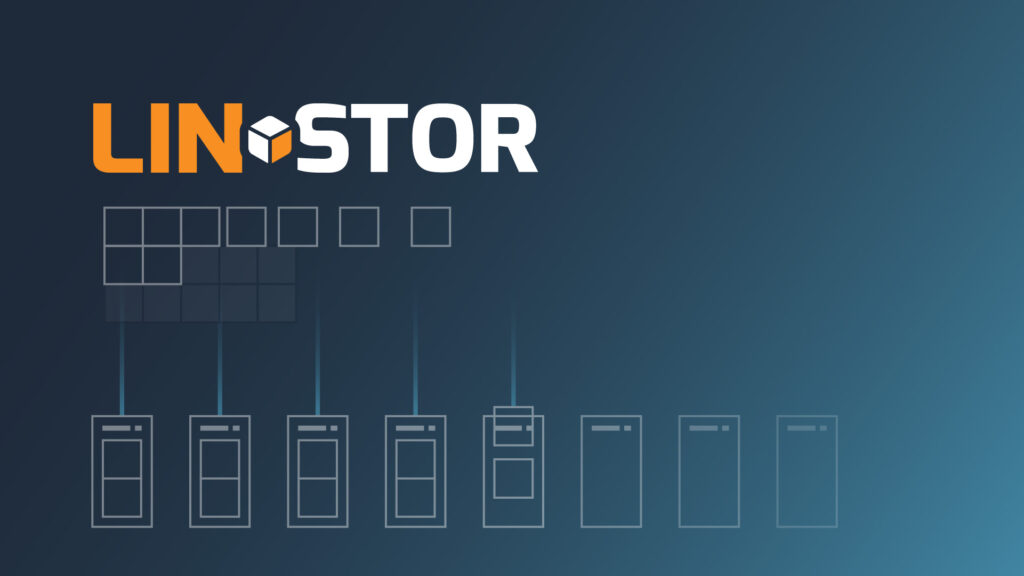
Introduction and considerations In a single sentence, striping can be described as a technique used in storage systems to spread data across multiple physical disks by dividing it into small chunks, which are written sequentially to different drives. Striping volumes across several physical devices in a LINSTOR® storage pool improves performance by distributing I/O operations […]
The CAP theorem & LINBIT

I was recently asked which trade-offs LINBIT’s solution chose under the CAP theorem. The CAP theorem says that a distributed system can provide only two out of three properties: Consistency, Availability, and Partition tolerance. As you can read in the linked article, all practical systems must tolerate partitioning, which leaves us with the choice of whether the software provides consistency […]
Deploying Secure & Redundant Military Data Storage with LINSTOR
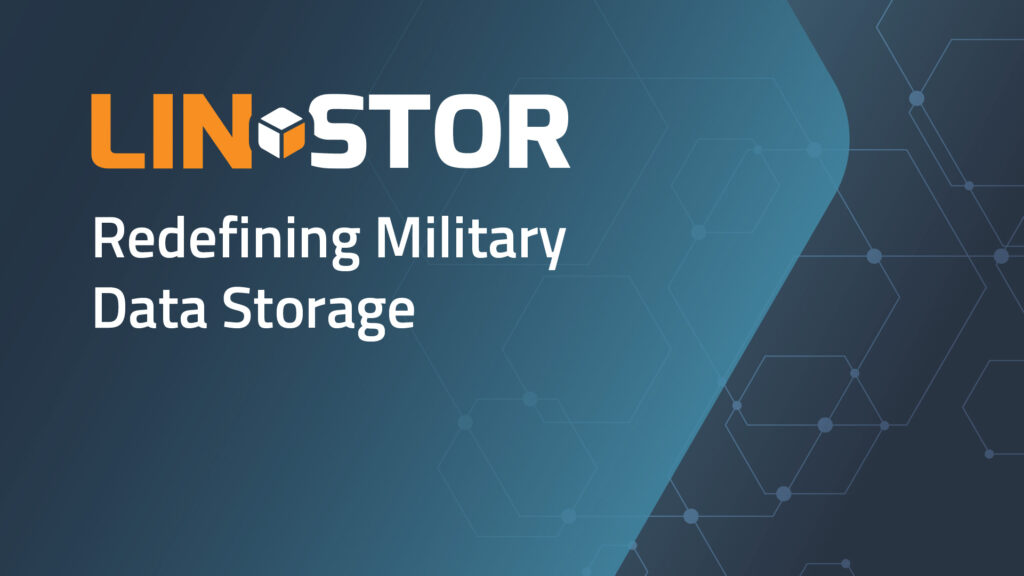
Many current software-defined storage (SDS) solutions hinge on the concept of redundant architectures and data center facilities, often relying on multiple systems to guarantee data security and availability. Yet, the evolving landscape demands SDS solutions that can stand strong even without these redundant fallbacks. In scenarios where setting up multiple backup sites or systems isn’t […]
Managing DRBD By Using systemd Units
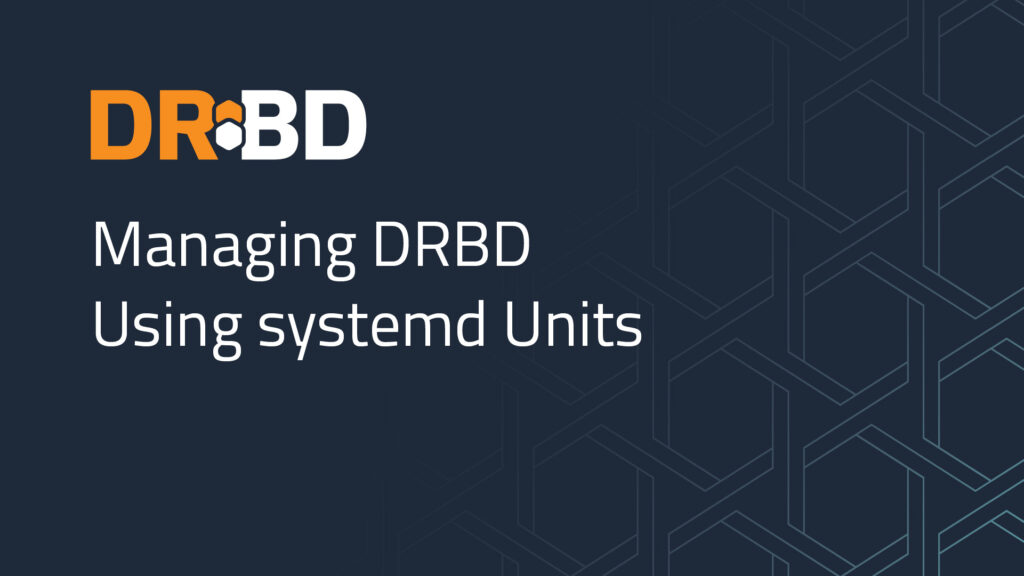
DRBD® is an important open source software component that can replicate data across multiple servers and can help make applications highly available. Traditionally, system administrators have used tools such as Pacemaker and DRBD Reactor to manage DRBD resources in a cluster and to facilitate high availability (HA) by handling fail-over situations. There are several use […]
A Loophole in the Open-Source License

Recently, a coworker brought to my attention an article titled ‘The messy WordPress drama, explained’. As you might know, my passion is with low-level software, the Linux kernel, and a block device driver called DRBD. WordPress is software a few layers further up in the stack, but what it has in common with my home […]
Performance Tuning for LINSTOR Persistent Storage in Kubernetes
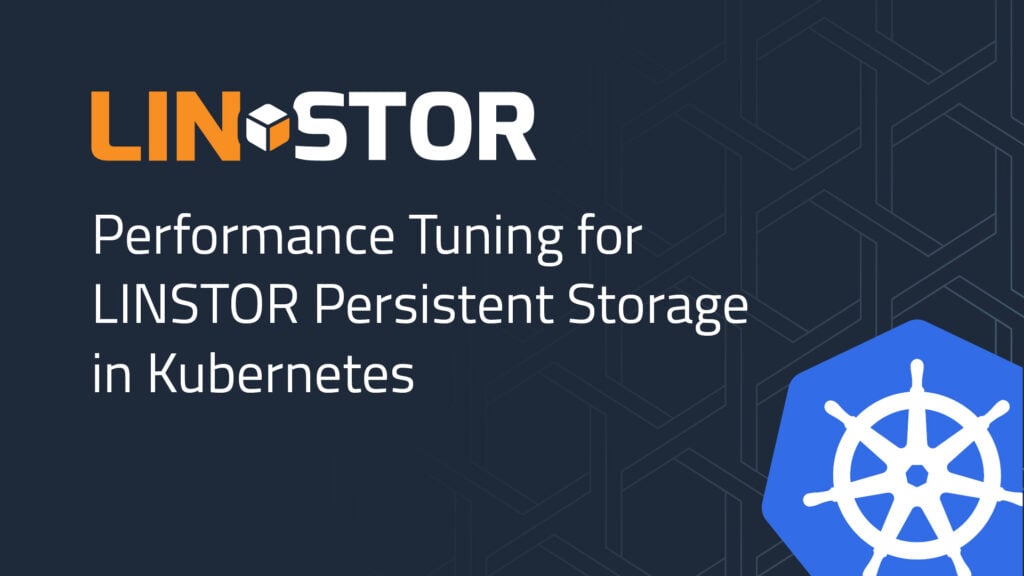
LINBIT SDS, powered by LINSTOR® and DRBD®, is the SDS solution from LINBIT® for managing Linux block storage in Kubernetes. If you’ve used LINSTOR, you know how many knobs can be turned when configuring it. If you’ve followed along with one of our quick start blogs or a README in one of LINBIT’s GitHub repositories, […]
Linux Foundation Events & Presentations

Since the last newsletter, I have been busy with conferences. First, I attended the Linux Foundation’s Open Source Summit in Vienna. Unfortunately, lower Austria was hit by severe rainfall and a huge storm just before it started. It was a bumpy flight for the attendees from far away. For some of the locals, it was […]
Deploy Highly Available Data Stores Easily with LINBIT VSAN
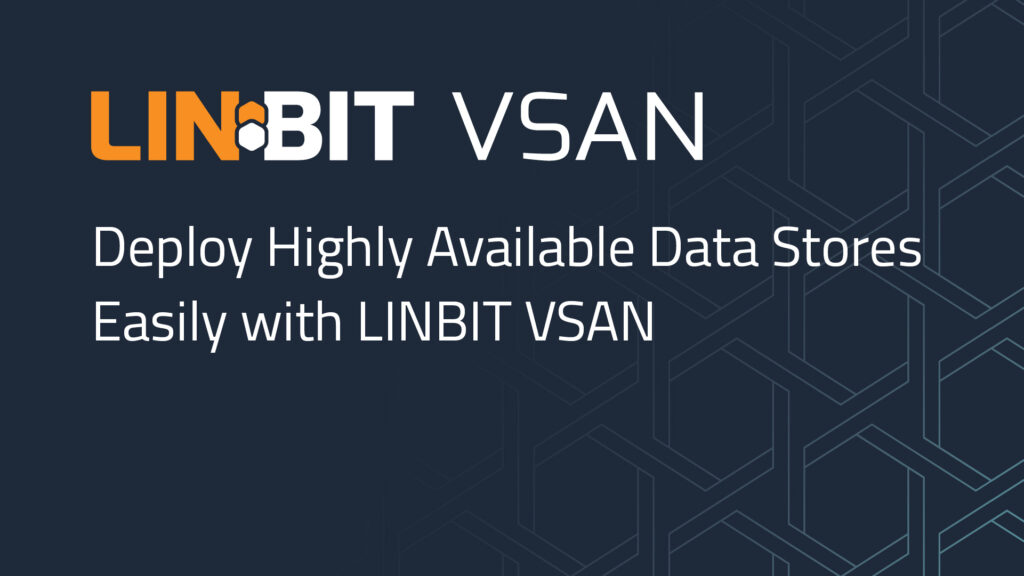
LINBIT VSAN is a virtual storage area network (VSAN) appliance that you can use to easily create highly available data stores for your hypervisors. Originally, the LINBIT® team developed VSAN with VMware ESXi as a target platform in mind, but it is fully independent of the hypervisor software and you can use it with other […]
Scaling Jenkins for HA & DR using AWS, Kubernetes, & LINSTOR
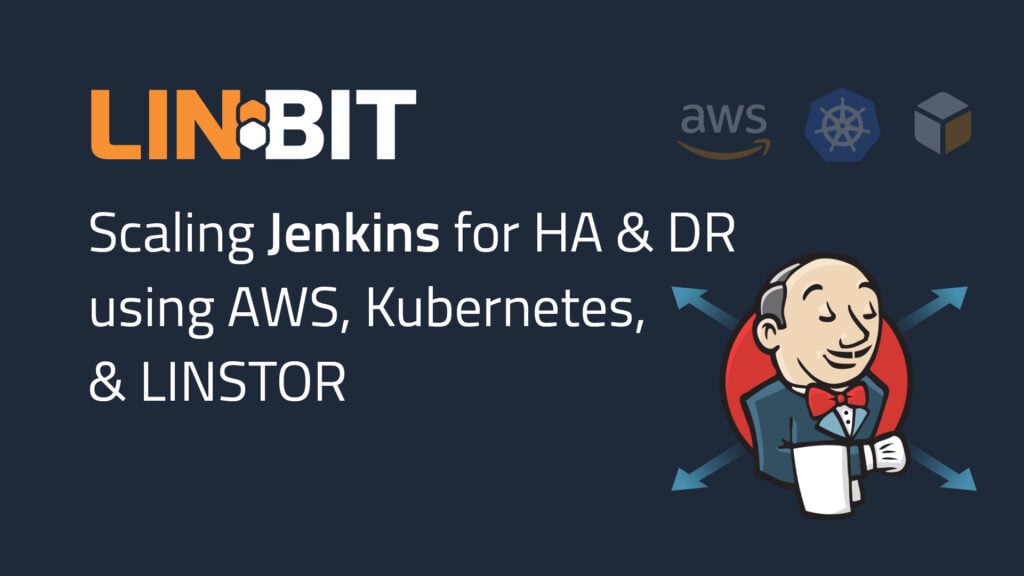
Scaling Jenkins for high availability (HA) and disaster recovery (DR) was not a primary driving force in the open source automation platform’s development history. “Developers who extended Jenkins favored speed of creating functionality over performance or scalability of the entire system,” observe the writers of an Amazon Web Services (AWS) DevOps blog article, “Jenkins high availability […]